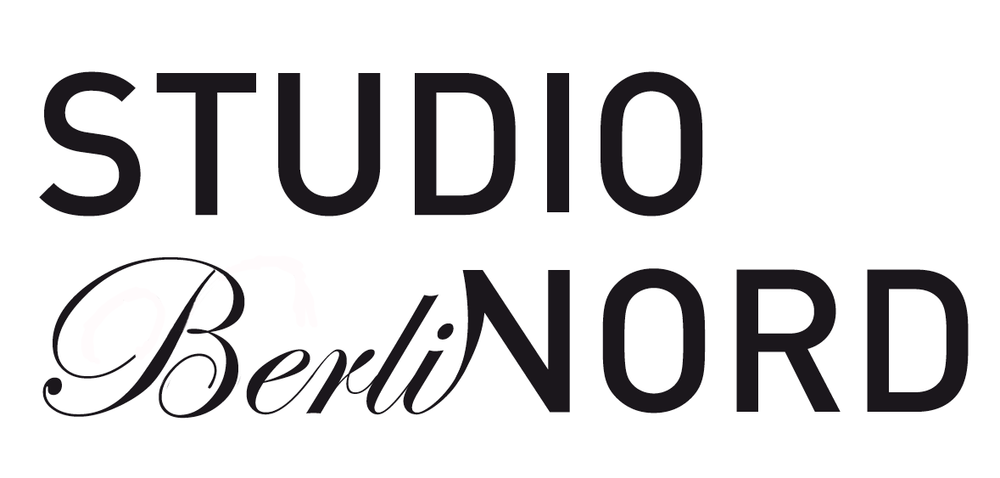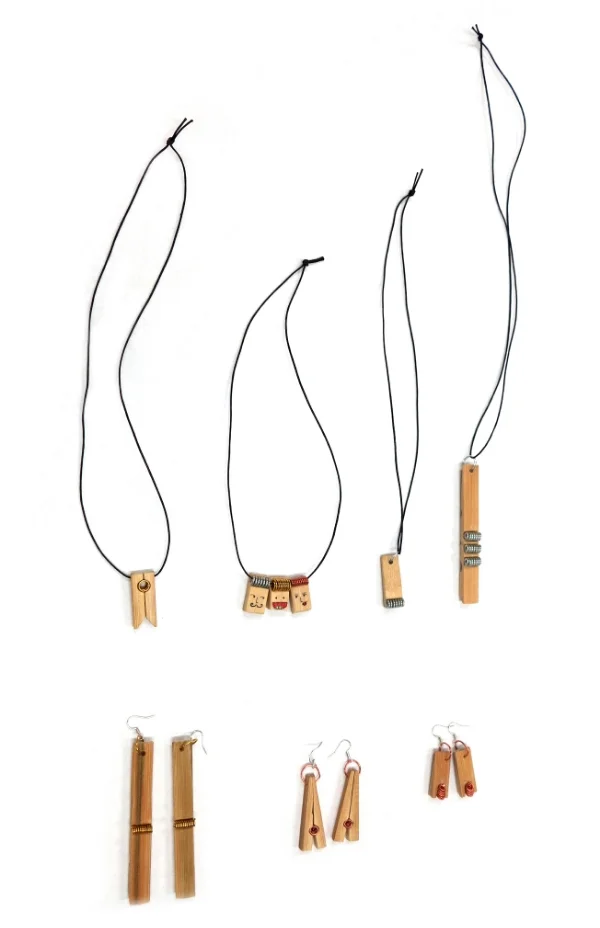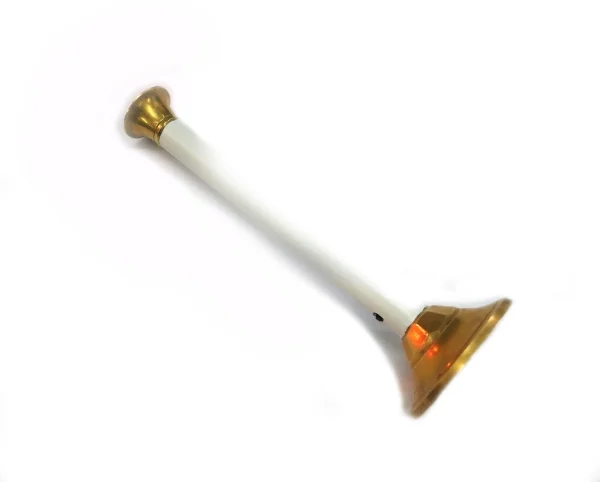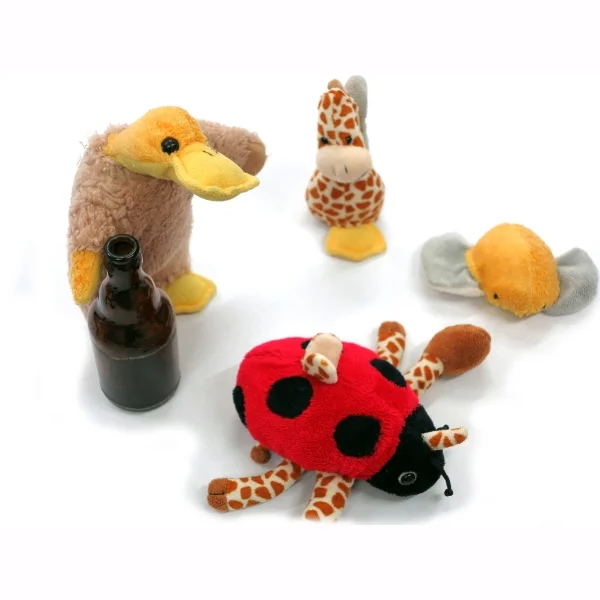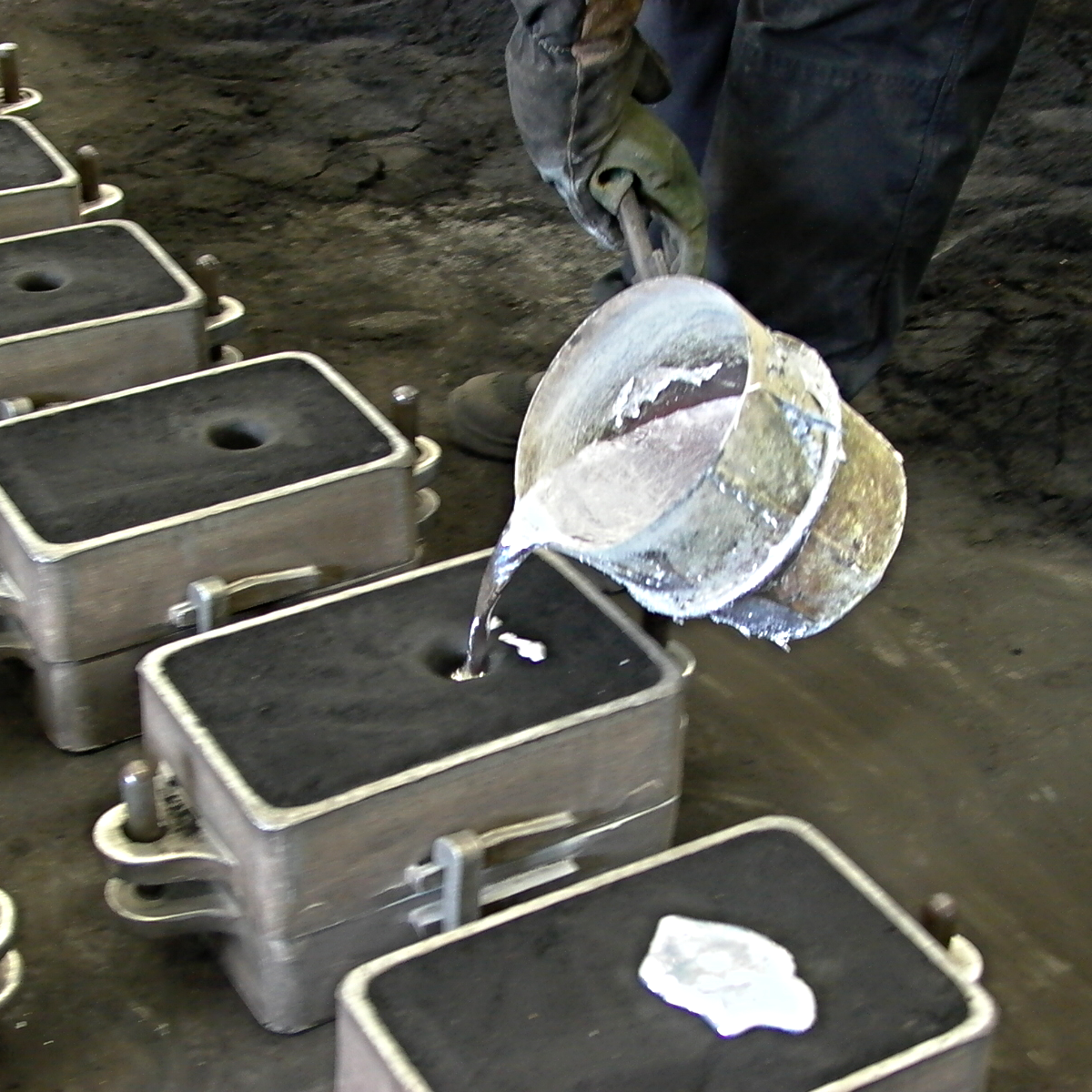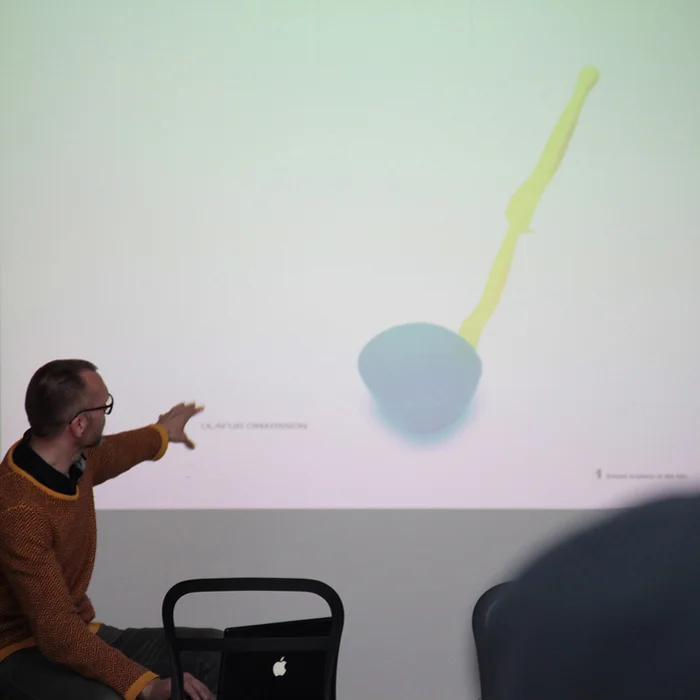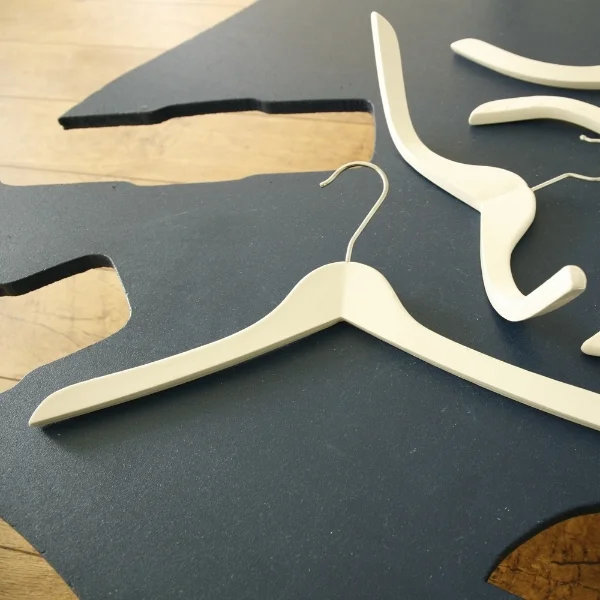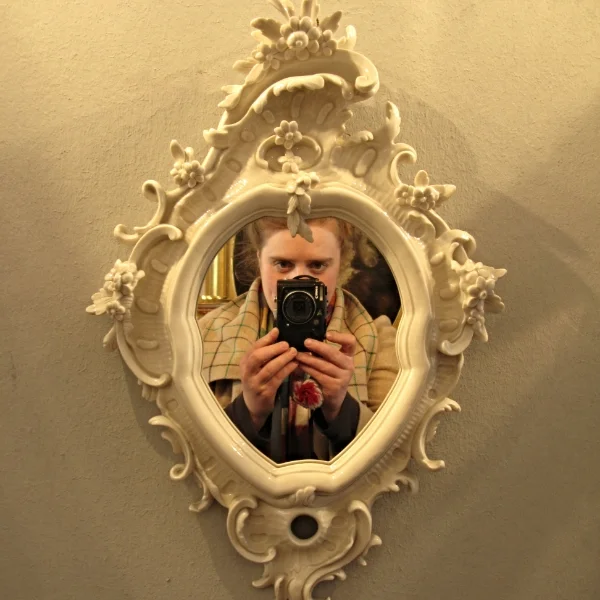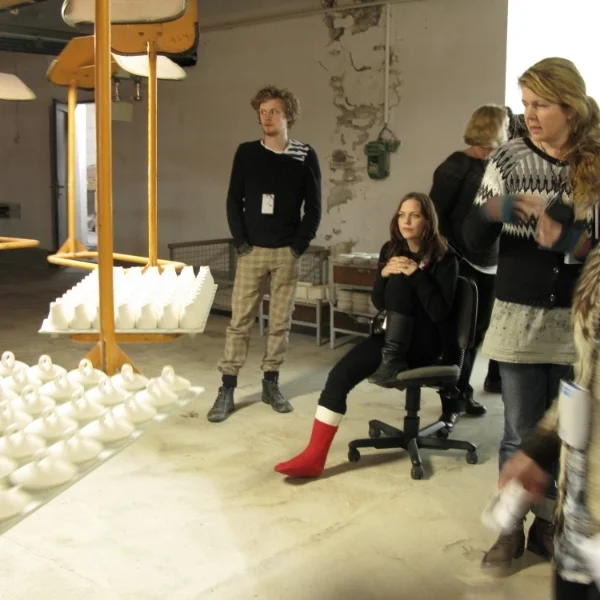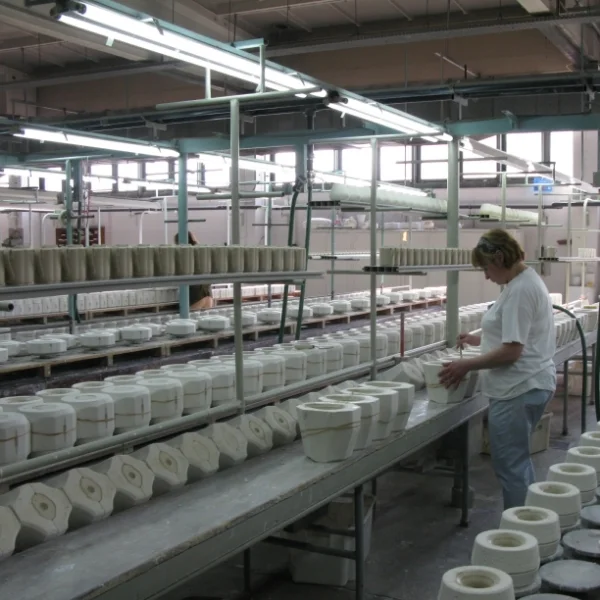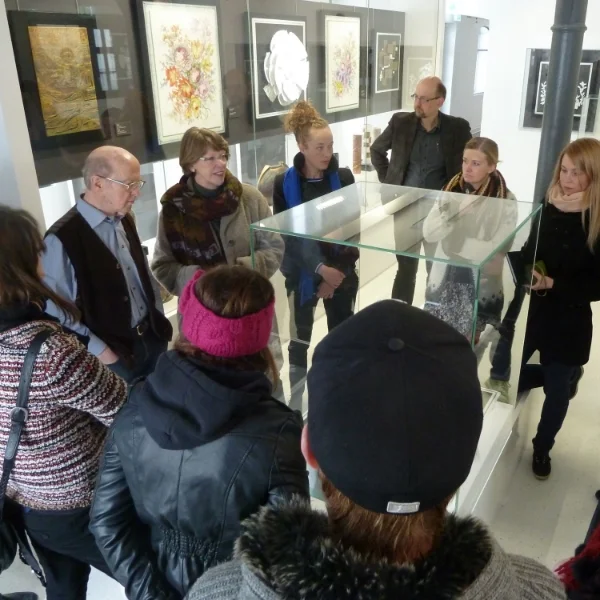In 2012 Hrafnkell was invited by the Helsinki design studio Diagonal to work as a mentor with junior designer Fernanda Torre in the celebrated “Beam me up, Scotty!” closed design competition.
Three teams, each consisting of two designers, a mentor and a junior participated in the project described as "a groundbreaking and innovative, international design competition, process and exhibition that transcends time, place and space".
The concept focused on the year 2030, with the designers utilizing their talent and vision to create a fresh perspective.
Each team was assigned to choose two mega-trends and frame a future scenario which the participants were to design. Once the designers had created and described that specific future moment, they were to use a future object needed or desired to solve or improve that imaginary situation.
Fernanda and Hrafnkell’s idea aims to create a source of identity within a community which simultaneously promotes inter-generational dialogue and a more meaningful aging experience.
Life Bits is a customizable modular system comprised of several elements that can be used in a public library. These elements represent several data mediums (objects, sound, video, images, smell) together with physical items that will facilitate the sharing of life experiences and knowledge within a community.
Junior: Fernanda Torre
graphic, experience design
Born in Portugal, Fernanda studied at the Fine Arts School of Porto University, where she graduated in Communication Design. She also has a MFA degree in Experience Design from Konstfack, Stockholm and is currently CEO of herself - Fernanda Torre Design.
www.fernandatorre.com
Mentor: Hrafnkell Birgisson
product design
The proposal - Life Bits - won the competition and was presented at Habitare Design Fair in Helsinki in September 2012.
"Life Bits is a highly inspirational concept to promote storytelling and serendipity. Out of the three contestants Life Bits is as a whole the most solid answer to the original design brief where a future megatrend is to be turned into a compelling and meaningful solution that helps everyday life in year 2030. It is innovative, forward-looking and plausible.
Also, the dynamics, collaboration and inspiration of the design team - Fernanda and Hrafnkell - was clealry visible during the prototype preparation. They were driven. An example for future junior-mentor relationships to come.
Life Bits can be seen as an important vehicle to promote intergenerational dialogue. It is a modern era storytelling platform which encourages even total strangers to share, start conversations and to pass on tacit information, knowledge and cultural heritage. When implemented for example in a public park, the impact to communal social capital and cohesion could be substantial."
The Jury: Petteri Kolinen (Martela), Marc Skvorc (Klaus K Hotel), Ville Tikka (Wevolve), Sami Oinonen (+Studio)
www.diagonal.fi













